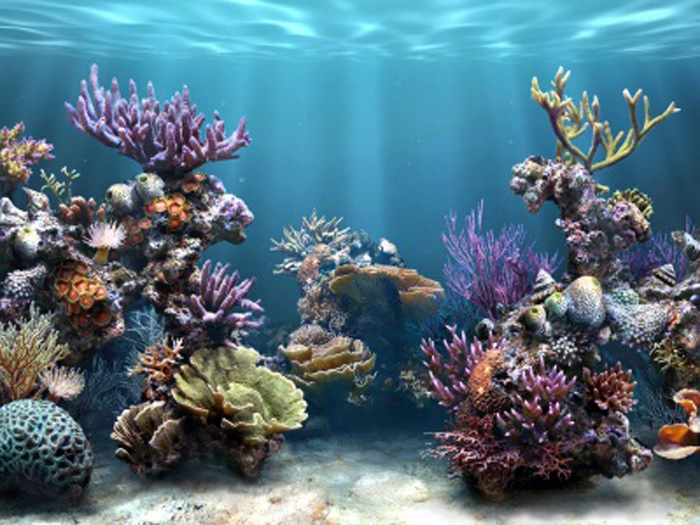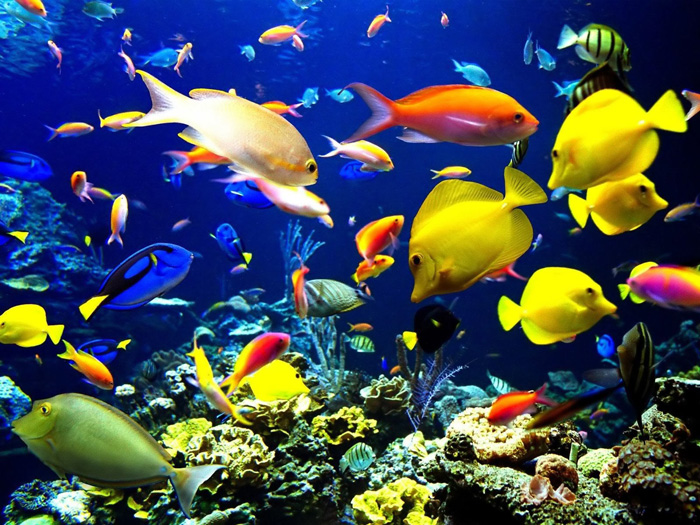These toxins, which do not affect fish, but humans that consume them, are produced by microorganism in the reef and transported by from some organism to others due to the depredation relation that exist among them. At the same time, fish eat algae and other fish that carry the toxin, maintaining the transportation cycle.
"This phenomenon has generated food poisoning cases in tropical islands, and, since this transportation mechanism is unknown, we are trying to propose a system of mathematical equations to describe and understand this situation in a better way," explained Daniel Albelaez, occasional professor at Universidad Nacional de Colombia and student of the Master in Applied mathematics.
This type of food poisoning, known as ciguatera, is very common in San Andres Island. One of the fish with the highest accumulation of toxins due to its longevity is barracuda.
Microorganisms known as microalgae or dinoflagellates are milimetric organisms that when reproduce massively, in occasions release a toxin. "For this reason, they are associated with algae, and when fish eat them, they are also eating the toxin, and when these fish are eaten by bigger fish, they eat the toxin as well. As a result, when men eat one of these fish, the result is food poisoning," asserted the mathematician.
The most common symptoms are diarrhea and vomit, but there are other symptoms related to neurological problems that alter the perception of the world, such as a sensation of coldness or heat in the tongue, lips and hands. Also, people can suffer from hypertension, of enter in shock, and in a small percentage, it can even cause death.
According to the expert, mathematics is applied in the following way: "a very common tool to model biologic populations are differential equations, which describe change rates in populations, such as the way they grow and decrease in time. So, a couple of equation systems are used: one for the population system and one for the transportation of toxins. At the same time, the way in which algae populations, herbivores and piscivores grow and decrease is also observed in order to analyze the way in which the toxin accumulates in these three groups."
"We found that this depend on the population dynamics, that means, it is not the same when a concentration of toxins occurs while the herbivores population is growing and piscivores is decreasing, than when the population of piscivores is growing and herbivores are decreasing, the accumulation dynamics are different," asserted the expert.
This has to be taken into account in order to take measures to manage and treat food poisoning events.
 Correo Electrónico
Correo Electrónico
 DNINFOA - SIA
DNINFOA - SIA
 Bibliotecas
Bibliotecas
 Convocatorias
Convocatorias
 Identidad UNAL
Identidad UNAL





